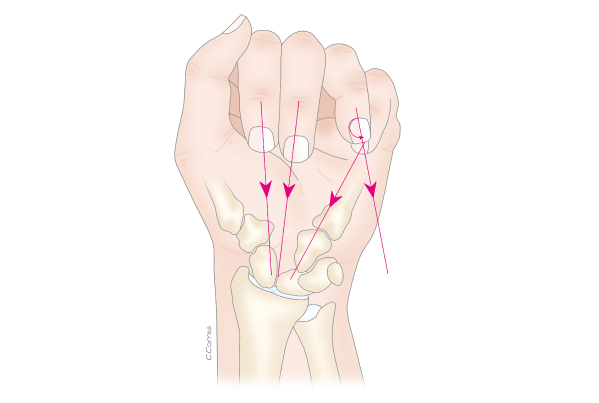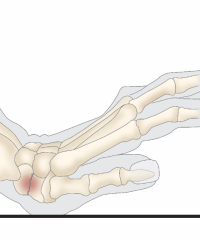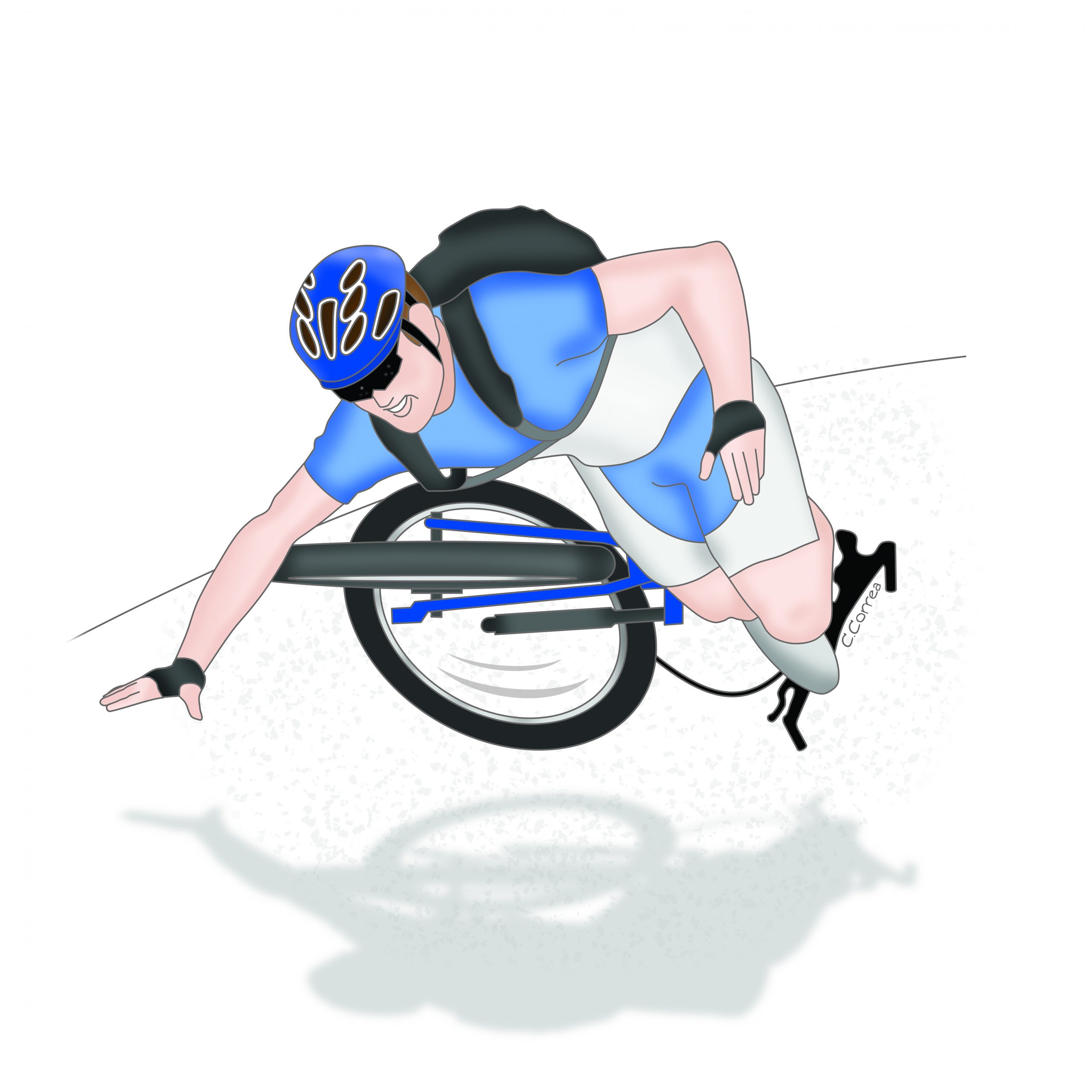Peripheral nerve block
Recent posts
Do you have any doubt?
My goal is to help them regain not only function, but also the quality of life they deserve. If you are experiencing pain, movement limitations or injuries to your hands, I am here to offer you my experience in the field. Together, we can chart a path to recovery and restoration of vitality to your hands.
Categories
What is it?
Peripheral nerve block is an anesthetic technique practiced by anesthesiologists in order to desensitize a body part that will be operated on. As is indicated by its name, it is a blocking of nerve conduction of a certain part of the body by injecting a local anesthetic close to the nerve, which will partially of fully numb the area.
How is it done?

The peripheral nerve block is performed by the anesthesiologist before a surgical procedure. It is applied in the operation room or in a specially designated area within the surgical section for nerve blocking.
In order to perform a block, the anesthesiologist must use a completely sterile technique (sterile gloves, disposable needle, and puncture site cleaned with antiseptic), they must constantly monitor the vital signs, and have all the necessary supplies to provide an intravenous sedation and a safe blocking.
Once the puncture site is prepped, the anesthesiologist proceeds to locate the injection site with the help of an ultrasound machine which lets them view the nerves, muscles, and blood vessels. This will ease the procedure and reduce the risk of puncturing or injecting the wrong area.
A few minutes after the anesthesiologist injects the pain reliever, the patient will feel their arm or leg (depending on the surgery being performed) completely or partially numb.
Which surgeries can be performed with a peripheral nerve block?
- Upper limb surgeries like elbow, forearm, wrist, and hand.
- Lower limb surgeries like hip, femur, knee, leg, and foot.
Benefits of this procedure
- It prevents the use of general anesthesia in most cases.
- When the use of general anesthesia is necessary, the dose of sedatives is greatly reduced.
- It reduces the post-op recovery period and speeds up the medical discharge process.
- Pain management immediately and a few hours after surgery is much more effective when the peripheral nerve block is used.
- Less risk of nausea and vomit post-op.
- Less risk of developing chronic pain after surgery.
- Reduced use of non-steroidal anti-inflammatory drugs like naproxen and ibuprofen.
- Reduced use of opioid pain relievers which decreases opioid dependency.
Risks of the peripheral nerve block procedure:

Since the procedure involves a skin puncture with a needle and its purpose is to deposit medication close to a nerve it does not go without risk, but in the hands of an experienced professional the risk is reduced in the following figures:
- Risk of peripheral nerve injury: 1 in 10,000 of performed blocks.
- Risk of tingling sensation and numbness: 5 in 100 of performed blocks. Normal feeling is recovered in over 99% of cases just days after the procedure.
- Risk of infection: extremely low, especially if a completely sterile technique is used.
- Risk of vessel puncture: reduced by the use of the ultrasound machine and is almost 1 in 1,000 of performed blocks. It is important that the patient is not on anticoagulants at the moment of the procedure in order to minimize this risk.











